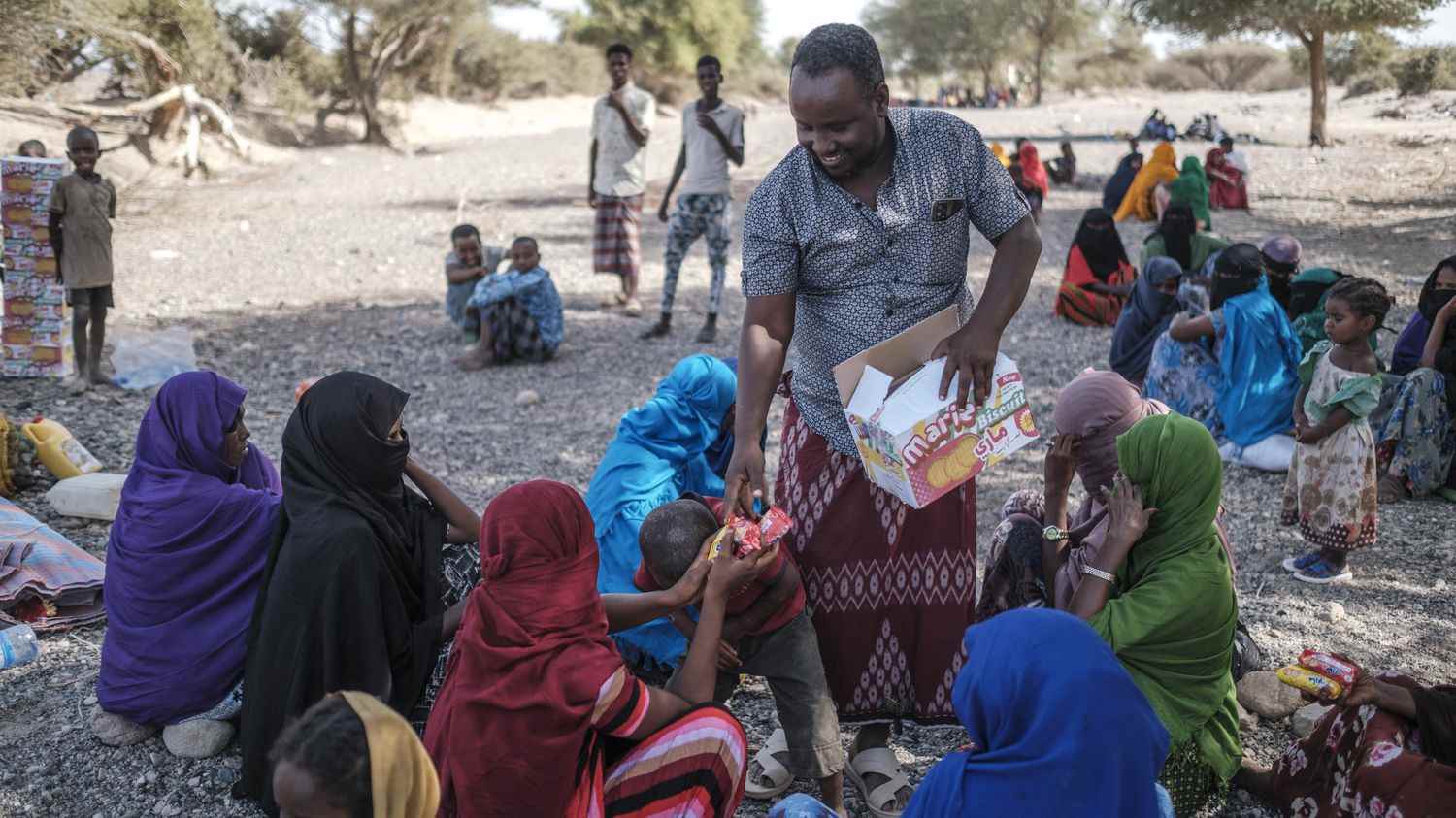More than 59 million people are affected today on the planet. This is an unprecedented record. And we are only talking about displaced persons: it is not about refugees who have gone into exile in a foreign country. These are the people who stayed in their country but had to flee their home, their city, their region. In 2021 alone, between 14 and 15 million more people fled their homes and hit the road. This is the conclusion of this very dense report published on May 19 by two specialized institutes on the subject, the IDMC and the Norwegian Refugee Council.
These figures take stock at the end of 2021. In other words, they do not even take into account the impact of the war in Ukraine: remember that the conflict, to date, has caused six million Ukrainians to find refuge abroad (half in Poland). And seven to eight million others to move elsewhere in their own country. This means that one out of three Ukrainians has left their home for three months. And that also means that the figures for 2022 will certainly be even worse than those for 2021. This report also largely tallies with the conclusions of the UN published two weeks ago on the rise of food insecurity in the world: nearly 200 million people affected, again a record. Their number has doubled in five years.
And it is the same countries that are concerned. First, Ethiopia in East Africa: five million displaced people in this country hit by both drought and internal war in the Tigray region. Before Ukraine, it was by far the largest population movement in the world. It is not much better in the Democratic Republic of Congo in the heart of Africa: there again the new displaced persons number in the millions, nearly three million people. Still in Africa, things are also deteriorating in Burkina Faso, affected by political instability and Islamist terrorism.
In Afghanistan after the return to power of the Taliban, the figures remain very high, as well as in Syria, Libya, Iraq and Colombia. Even if in these countries the situation has stabilized. Another key takeaway from this report: the number of young people and minors among these displaced people. Those under 18 account for nearly half of the total (25 million). With potentially dramatic consequences, the report points out: many girls are exposed to abuse and rape, many boys fall prey to the recruitment of child soldiers.
The causes of these massive population displacements are known: there are two main triggers. The first is of course wars or major political crises: Ethiopia, Burkina Faso, South Sudan, Burma. Ukraine today. The second is natural disasters, cyclones, droughts. Especially in Asia, China, India, the Philippines. And in the Sahel strip in Africa.
The new fact is that the two phenomena are often linked: intense meteorological disasters, more and more frequent with global warming, lead to displacements which cause political crises, conflicts for access to resources. It’s a vicious circle. And that will not improve with the evolution of the climate.
